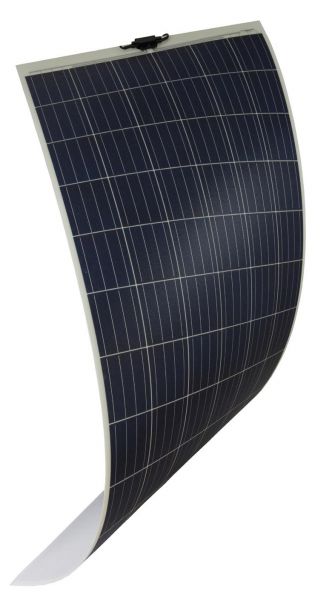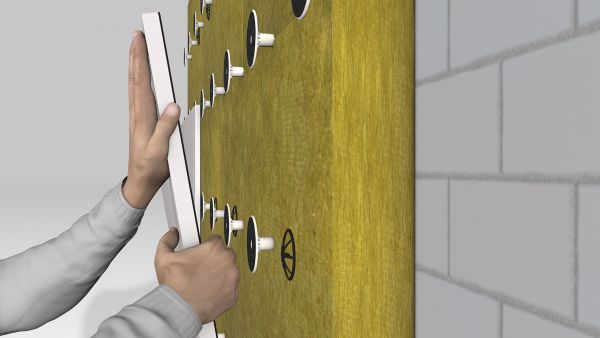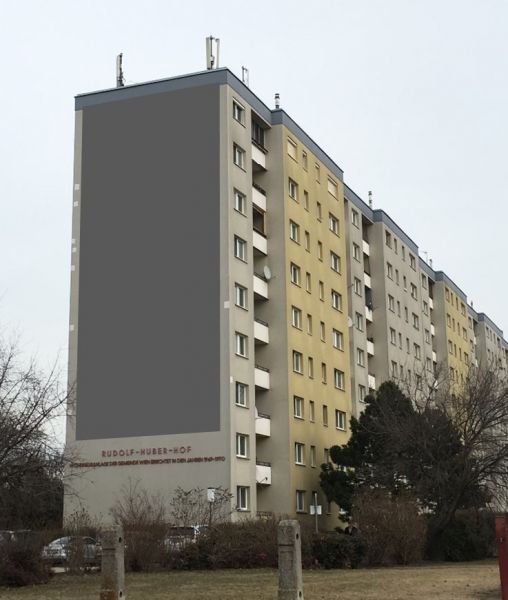Probing for PV façade systems made of lightweight plastic modules with reversible fittings for new and old buildings (PV-FAS_light + easy)
Short Description
Starting point/Motivation for carrying out the exploratory
Building-integrated photovoltaic modules are desirable for energy engineering reasons. Building integration of PV is architecturally desirable. Still, this kind of construction currently is implemented very rarely because the overall construction is expensive and the rigid module sizes are difficult to integrate into the facade planning. However, as soon as special formats become necessary, all economic efficiency ends. Therefore, PV systems are desirable,
- which have simpler substructures,
- which are easier to produce in different formats,
- where defective individual modules can be easily exchanged,
- which achieve a good PV yield,
- which are faced with economic investment costs,
- which can be integrated in new buildings as well as
- subsequently on existing buildings and
- which can be mounted on the most common exterior wall constructions.
Content and objectives
With this exploratory project, recently available products and technologies have been merged into a new system. These are lightweight PV modules embedded in plastic systems and the new Velcro fastening system for separable thermal insulation composite façades. In addition, conventional glass PV modules were included in the comparison test in the course of the project. Comparing in total three PV products, questions on fastening technology on solid walls with ETICS facades, on fire protection and on electrical engineering were worked out in order to estimate the application potential.
Methodical approach
The first investigations on fastening technology were carried out by tests in the construction laboratory, on two variants of façade mock-ups (highly insulated and moderately insulated / old building) and on test surfaces at the AIT (wind pressure / suction, temperature behaviour, etc.). Furthermore, tests concerning the electro-technical concept, building physics and fire safety analyses were done to test and develop the fastening system.
Results and conclusions
With our tests, we have succeeded in finding the way to a fastening system that meets the specified criteria. The application potential of the system on new buildings as well as subsequently on existing buildings is great and it has the potential to be mounted on the most commonly available exterior wall structures (ETICS) in architecturally sophisticated manner.
Outlook
A follow-up project application is prepared in order to be able to further process and solve the currently existing deficiencies. This should be tested with a real application and a long-term monitoring. This contributes to come much closer to the goal of realising plus energy buildings and plus energy neighbourhoods.
Project Partners
Project management
Prof. Dipl.-Ing. Dr. techn. Azra Korjenic
Institute for Building Construction and Technology,
Vienna University of Technology, Austria
Project or cooperation partners
- AIT Austrian Institute of Technology, Center for Energy
- Sto Austria GmbH
Contact Address
Prof. Dr. Dipl.-Ing. Priv.-Doz. Azra Korjenic
Karlsplatz 13/206-2
A - 1040 WIEN
Tel.: +43 (1) 58801 - 20662
Fax: +43 (1) 58801 - 920662,
E-Mail: azra.korjenic@tuwien.ac.at
Web: www.bph.tuwien.ac.at




